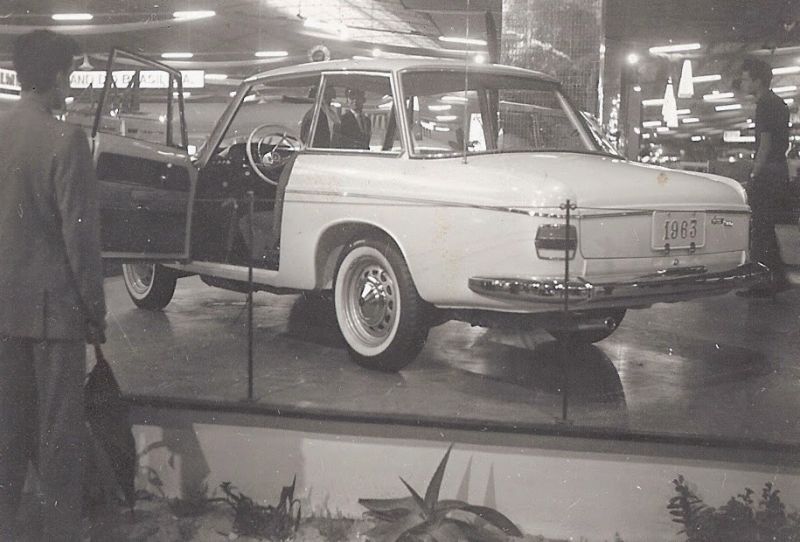Built in Brazil, by a German company, and styled by Carrozzeria Fissore, from Italia. Seems like an improbable mix, but this was a recipe that turned out very well. Ladies and gentlemen, I present the 1967 DKW-Vemag Fissore.
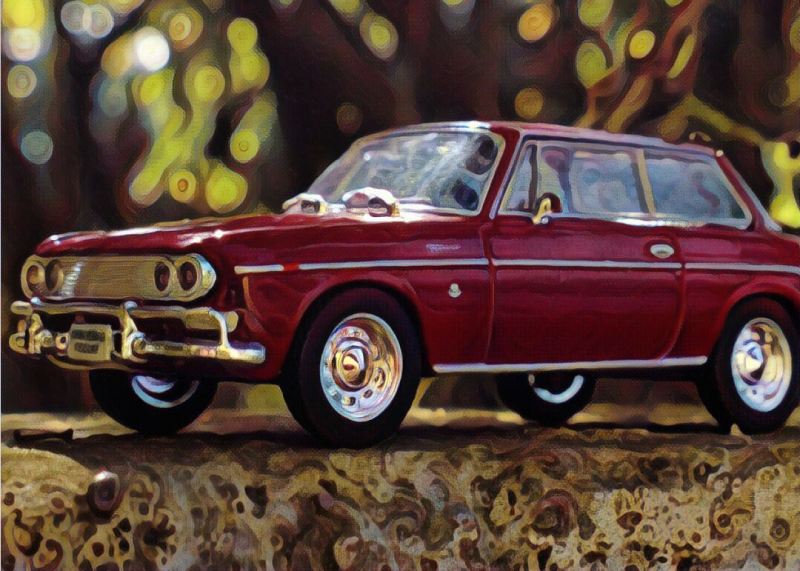
If you’re a regular reader of my Brazilian car posts, you probably know that, during the 60's, there weren’t so many auto makers in Brazil. The economic situation wasn’t the best for anyone, so when someone was able to afford a car, it couldn’t be so expensive. At the time, both VW and Willys had cheap and reliable cars, like the Fusca, the Kombi, and the Dauphine/Gordini.
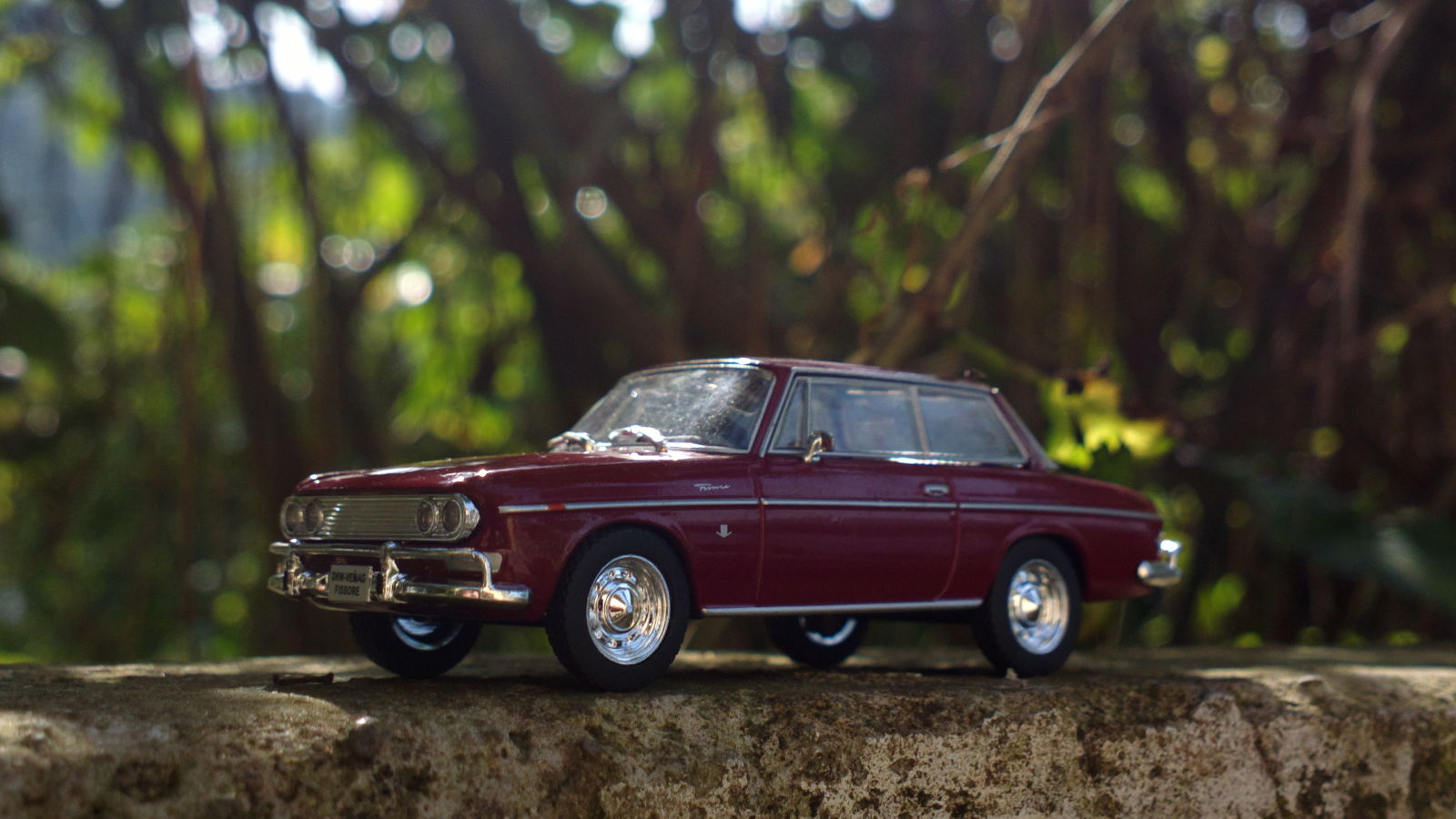
On the other side, DKW-Vemag was bold enough to try to place their products one step further. The DKW-Vemag Belcar and Vemaguet had superior trims, were spacious, comfortable and, why not, reliable too, with their 1.0l 3 cylinder 2 stroke engines. For those who needed an offroader and thought the Rural was too big, DKW-Vemag offered the Candango too, the Brazilian version of the Munga.
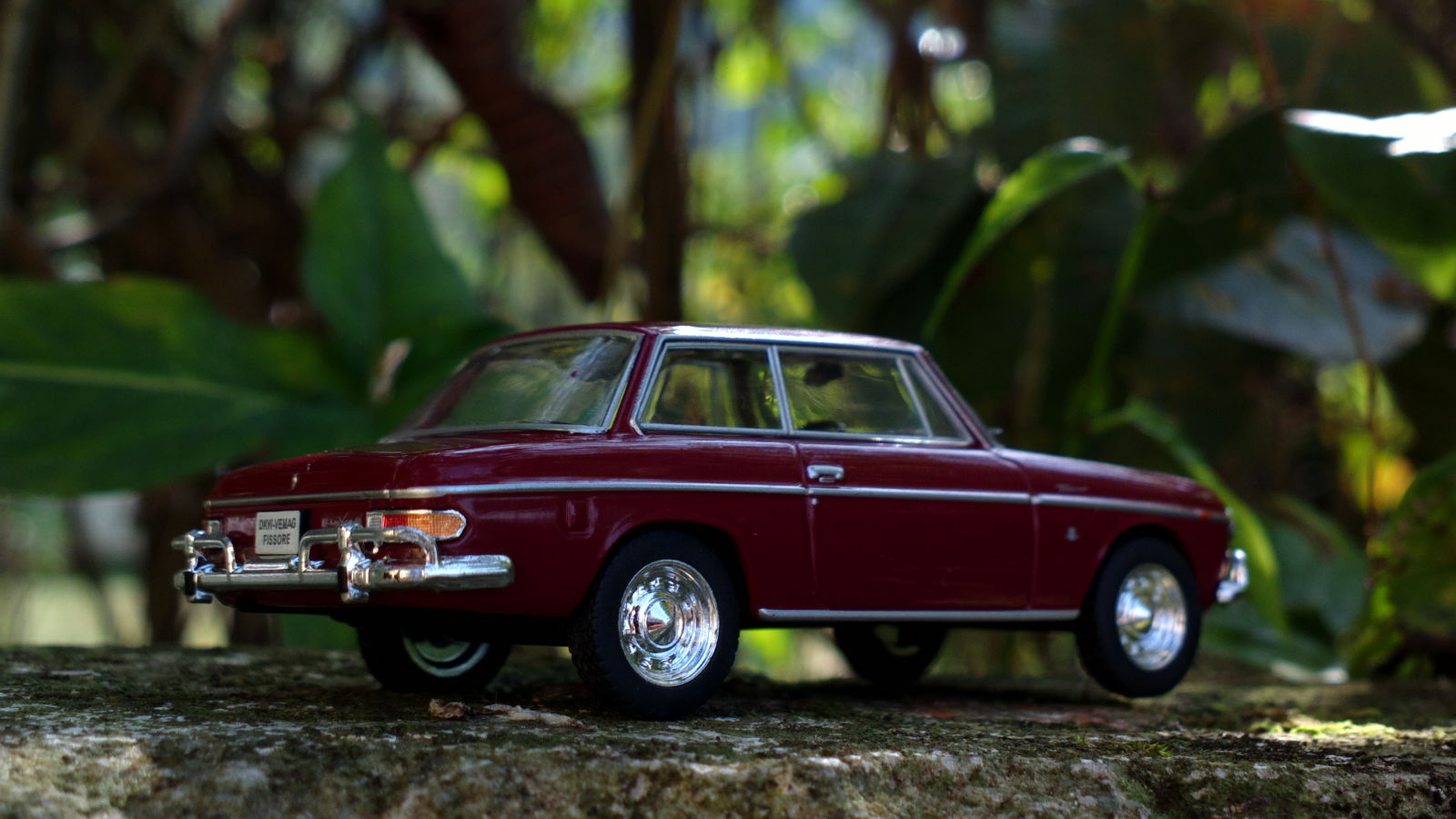
However, they were a kind of a middle ground. There were the popular, cheap cars, DKW-Vemag offering something quite refined and comfortable, and, upwards, the Simca Chambord and the Willys Aero (called, for some reason, Aero Willys here).
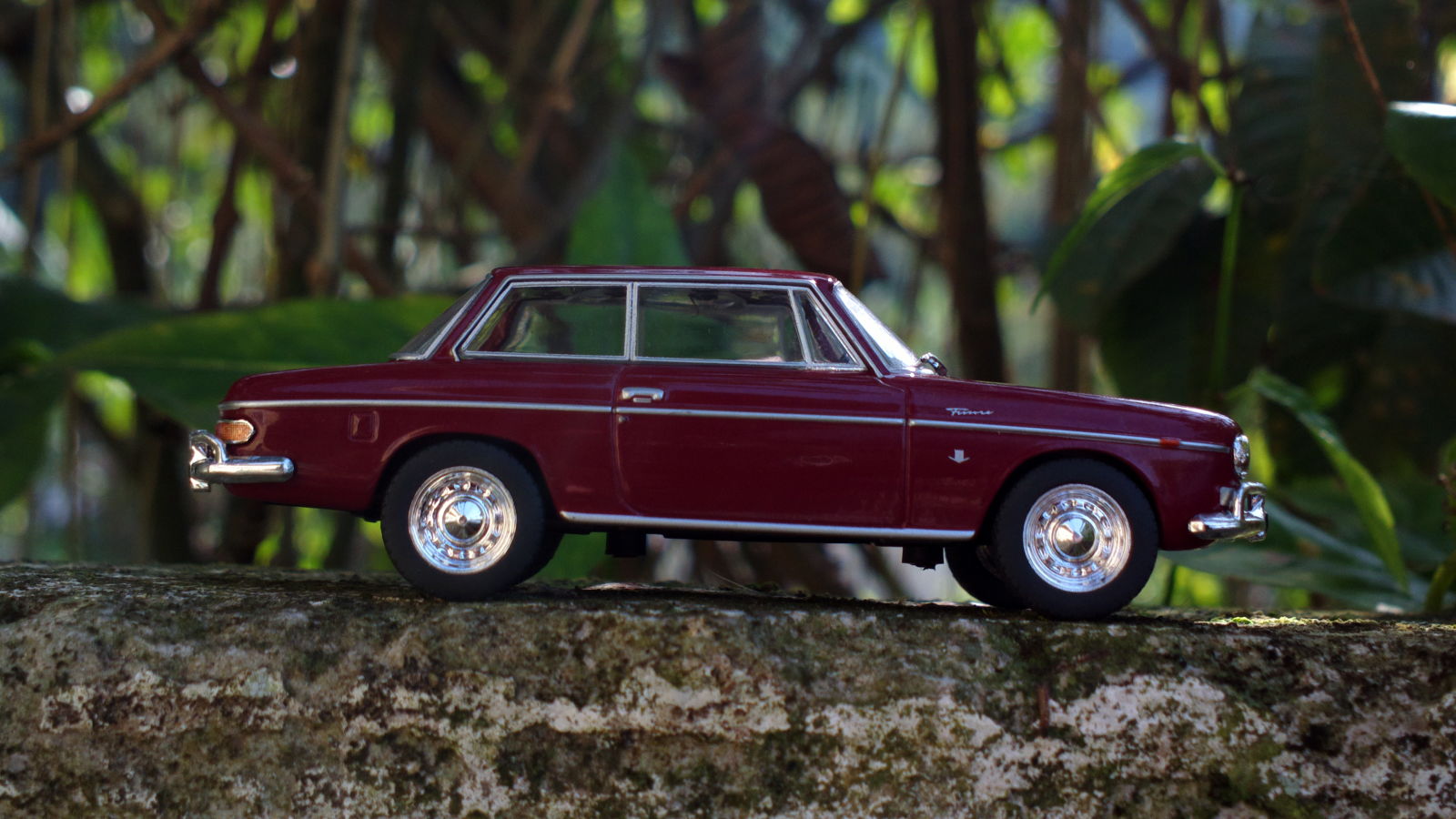
It isn’t from today that the luxury car market is lucrative. So, since there were a market niche for luxury cars, DKW-Vemag wanted a piece of this cake too. So they asked Carrozzeria Fissore, on Italy, to design a two door sedan that could be built over their chassis (both Belcar, Vemaguet and Candango used the exact same chassis), with the same 1.0l 3 cylinder two stroke engine.
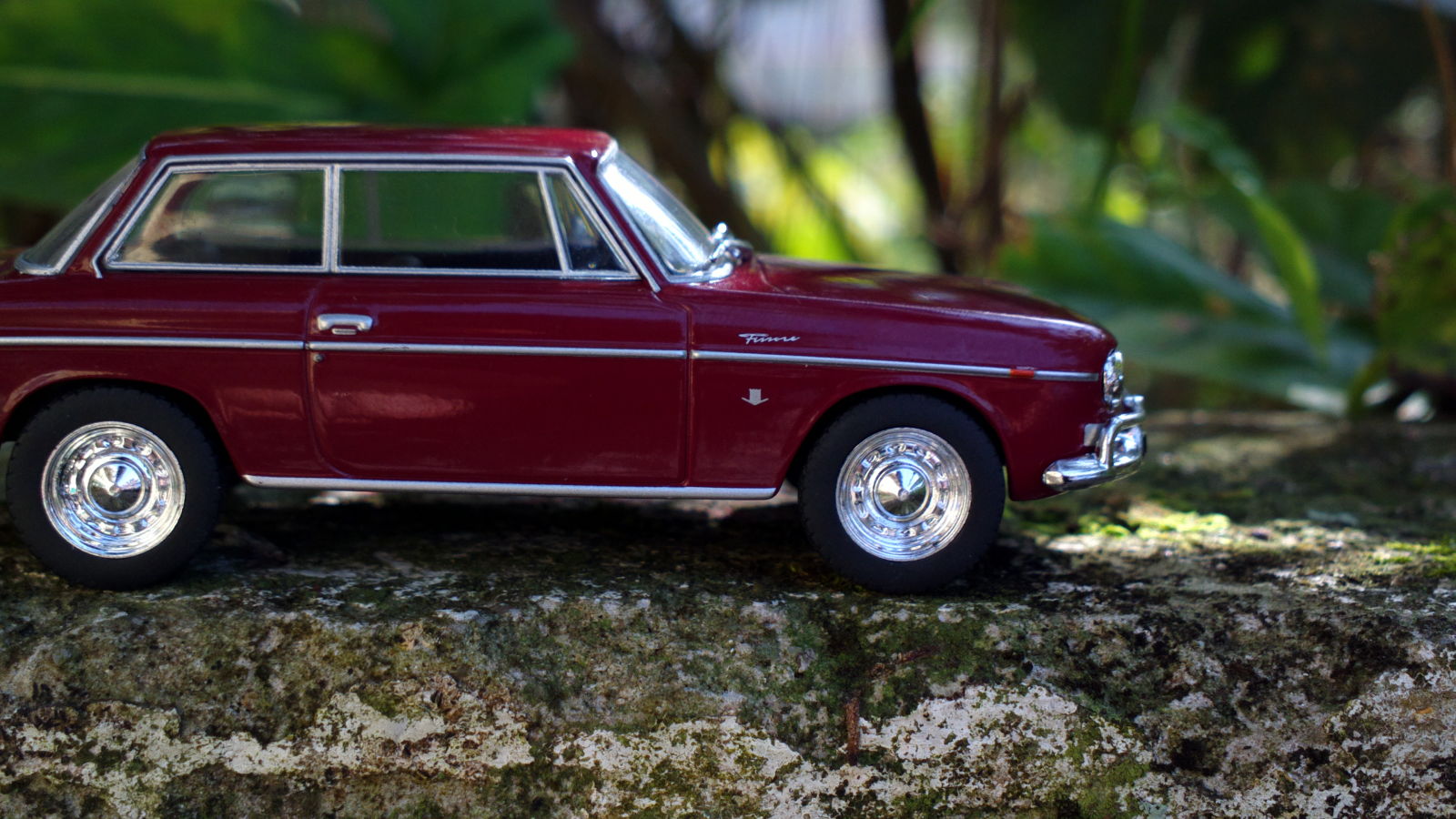
The results were presented on 1962 São Paulo’s Auto Show, as a prototype, and it was a huge success. It was completely different than anything we had here. Both Simca Chambord and Aero Willys, with their tail fins, looked like American cars. They were a bit gaudy, while the Fissore had a clean and sober design.
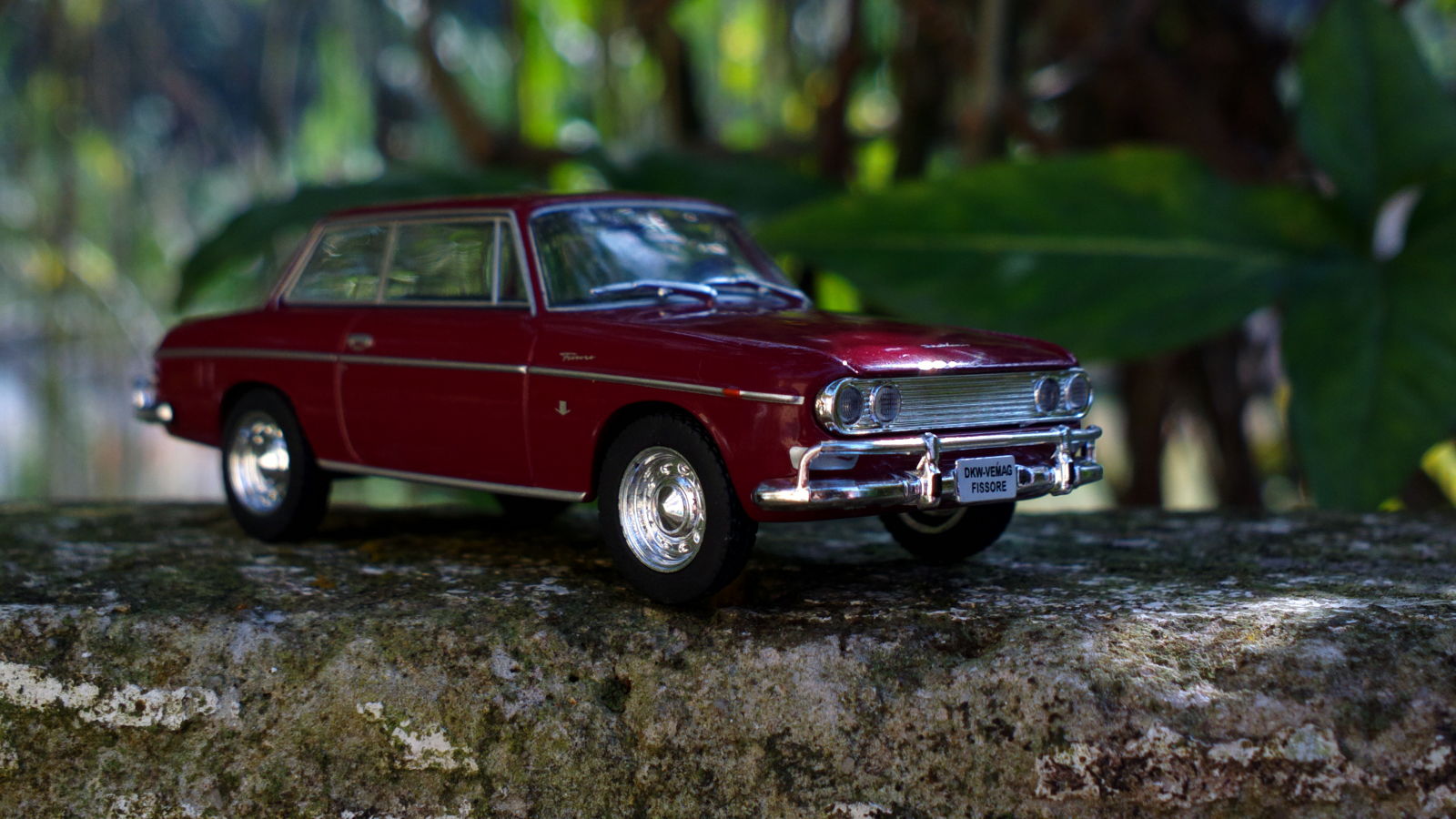
Simple lines, razor thin pillars (and, in consequence, an amazing visibility), low front and rear and four circular headlights on the front composed an exterior like no other. When the doors opened, a little lamp lighted up to greet the passengers (something ubiquitous now, but new at the time). You could choose bench or individual seats on the front, and the dash had polished aluminum and a radio.
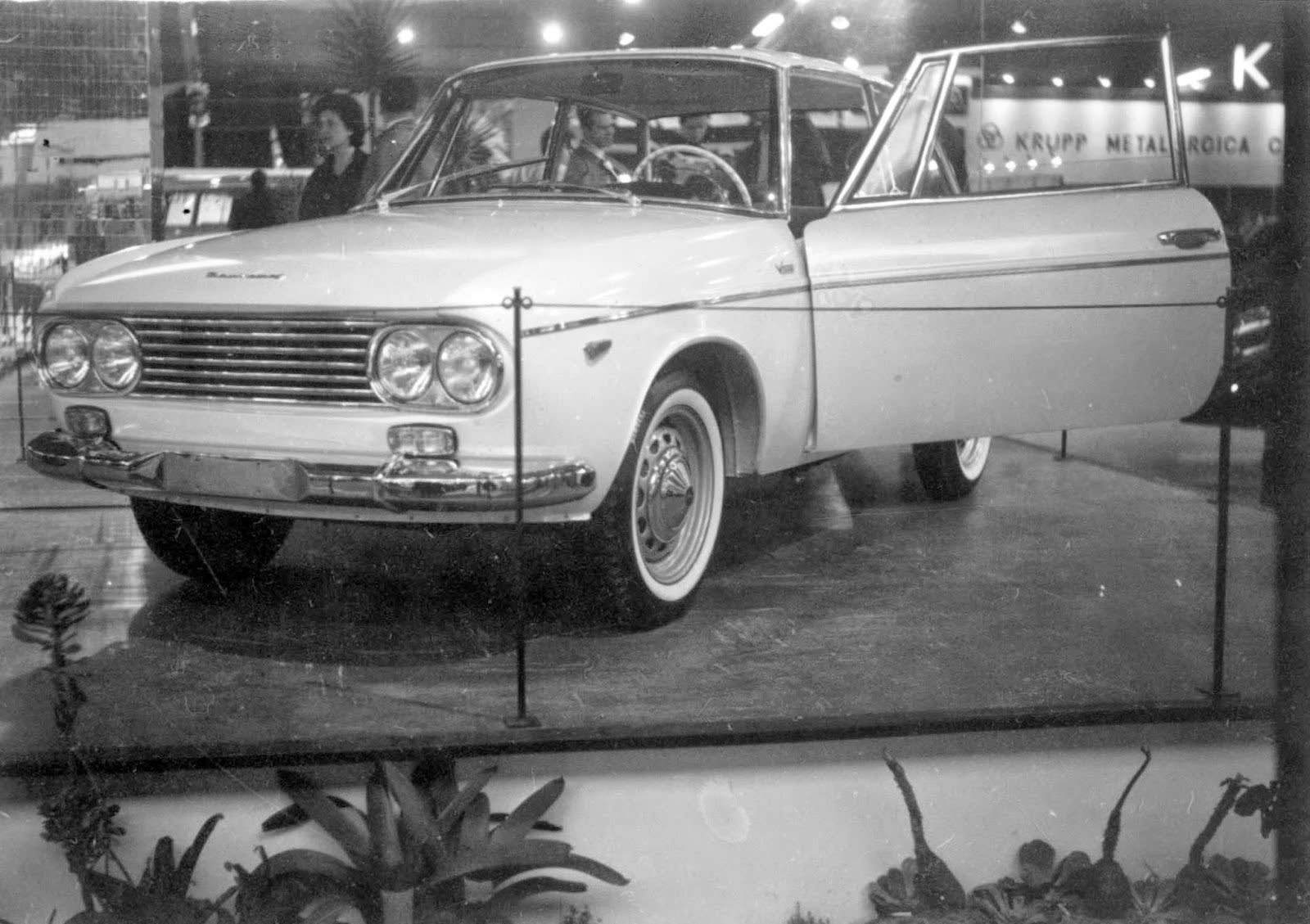
A recipe for a success, huh? But no. Many problems plagued the start of the production, and the sales only began in 1964. Worse, it was produced in two factories: One of them produced the bodies while the other the chassis and engines. Even worse, since the prototypes were truly coachbuilt, by hand, DKW took a long time to tune the machinery to produce it with the quality it deserved.
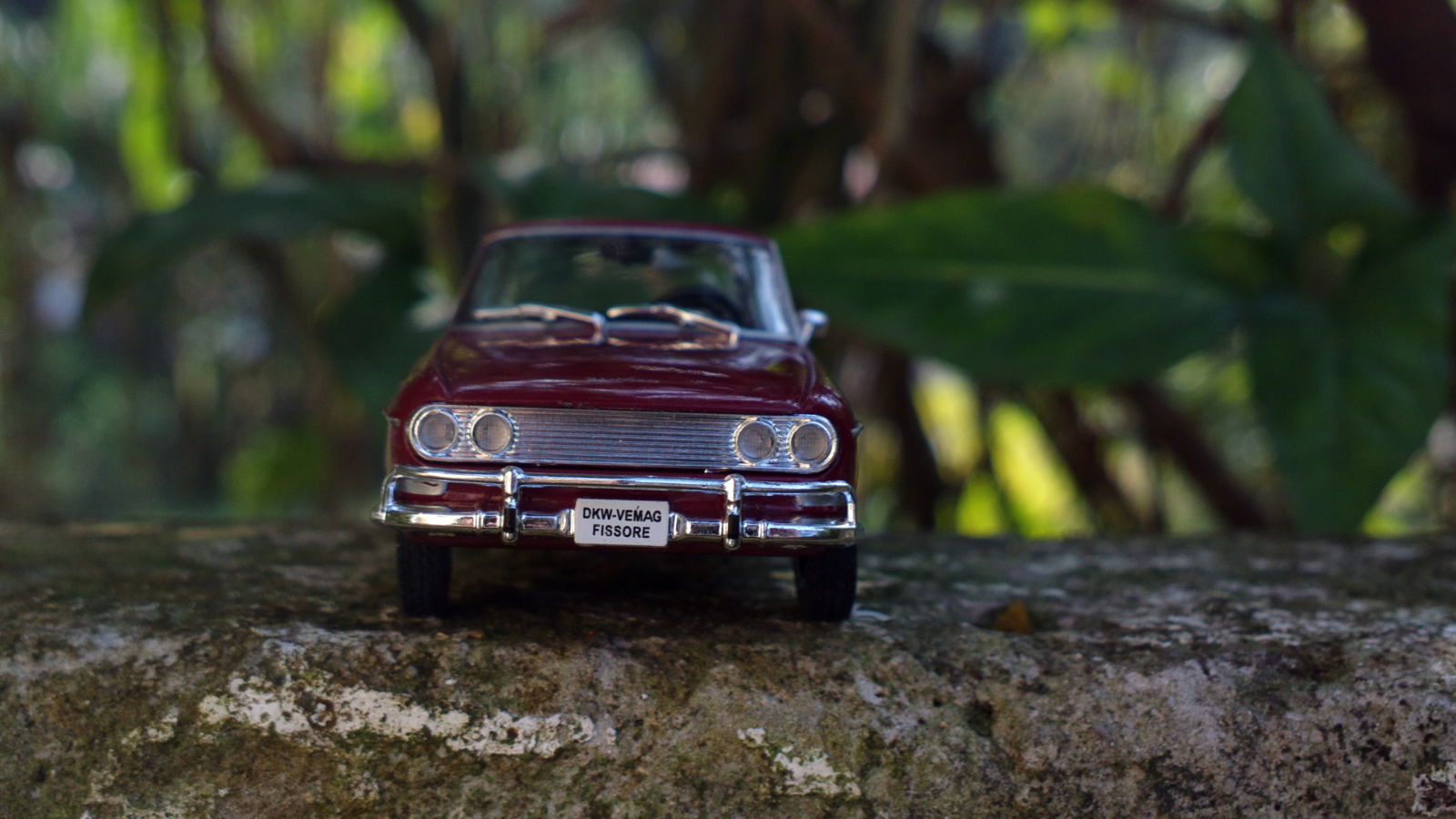
The results were misaligned panels, that had to be fixed with filler and welded with tin. This increased the weight from the planned 950 kg to well over a ton, so the meager 980cc engine suffered to push this heavy burden. On the plus side, it was DKW’s first car to have the Lubrimat system: A engine-oil reservoir that mixed the two stroke oil with gasoline on the right proportion automatically.
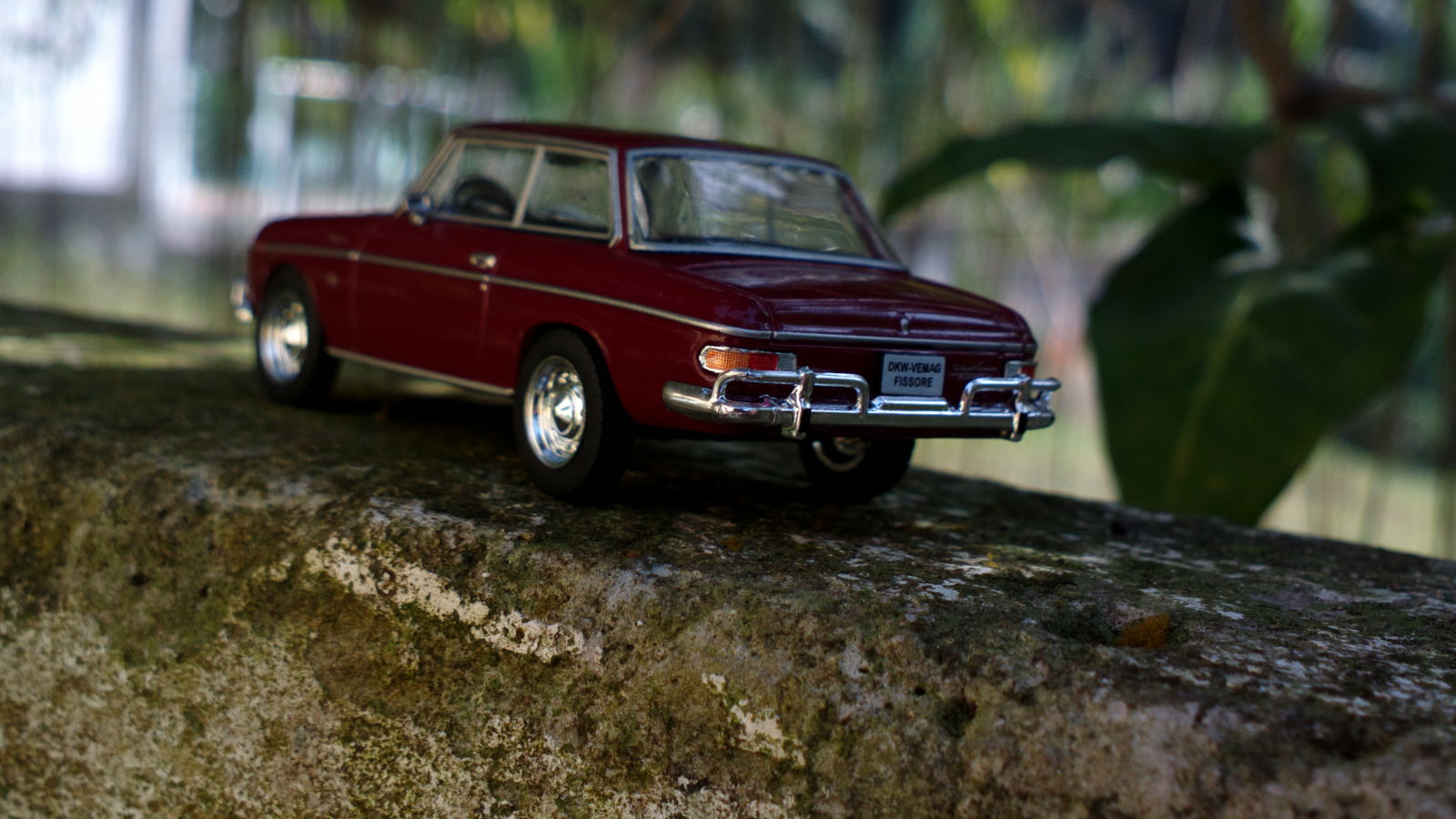
However, since 1963 DKW-Vemag hadn’t a healthy piggy bank... They were studying a fusion with Fiat, but after Volkswagen took control of the German DKW, it quickly bought Brazilian DKW-Vemag in 1966. Some say they did it so Fiat wouldn’t be able to install a factory here (at the time, only a fixed number of foreign companies could operate in Brazil, for a new one to enter it had to buy an existing one), but the most plausible explanation was DKW’s machinery.

And why they wanted it? VW was cooking the plans for the 1600 Sedan, or Zé do Caixão. As you can see from its photos, they share remarkably similar lines, although the Zé do Caixão is a bit squarey.
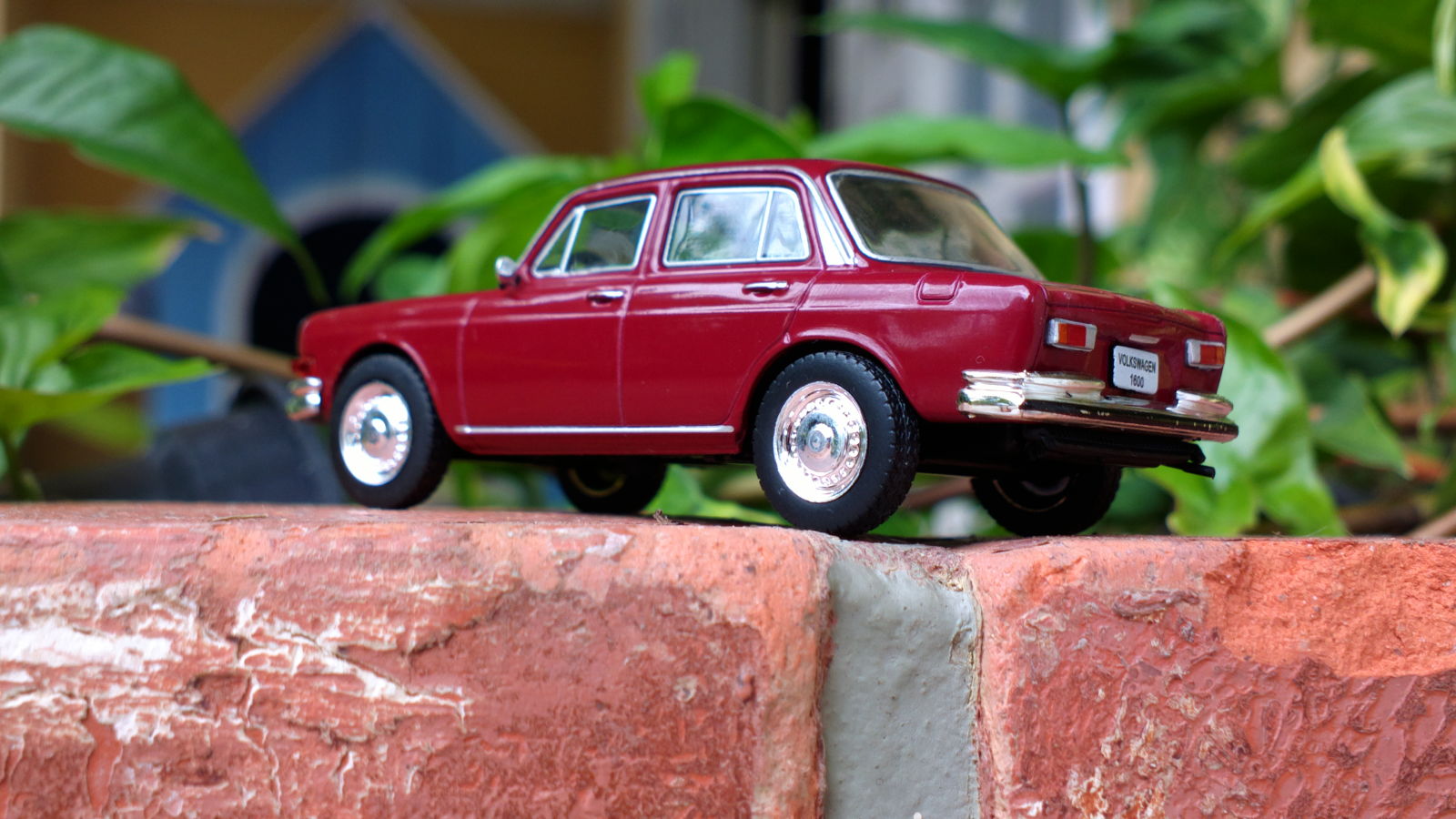
But why they wanted to buy a company for those tools? On an unfortunate accident, the tools they were going to use for the 1600 Sedans sank on the sea, when they were being transported.
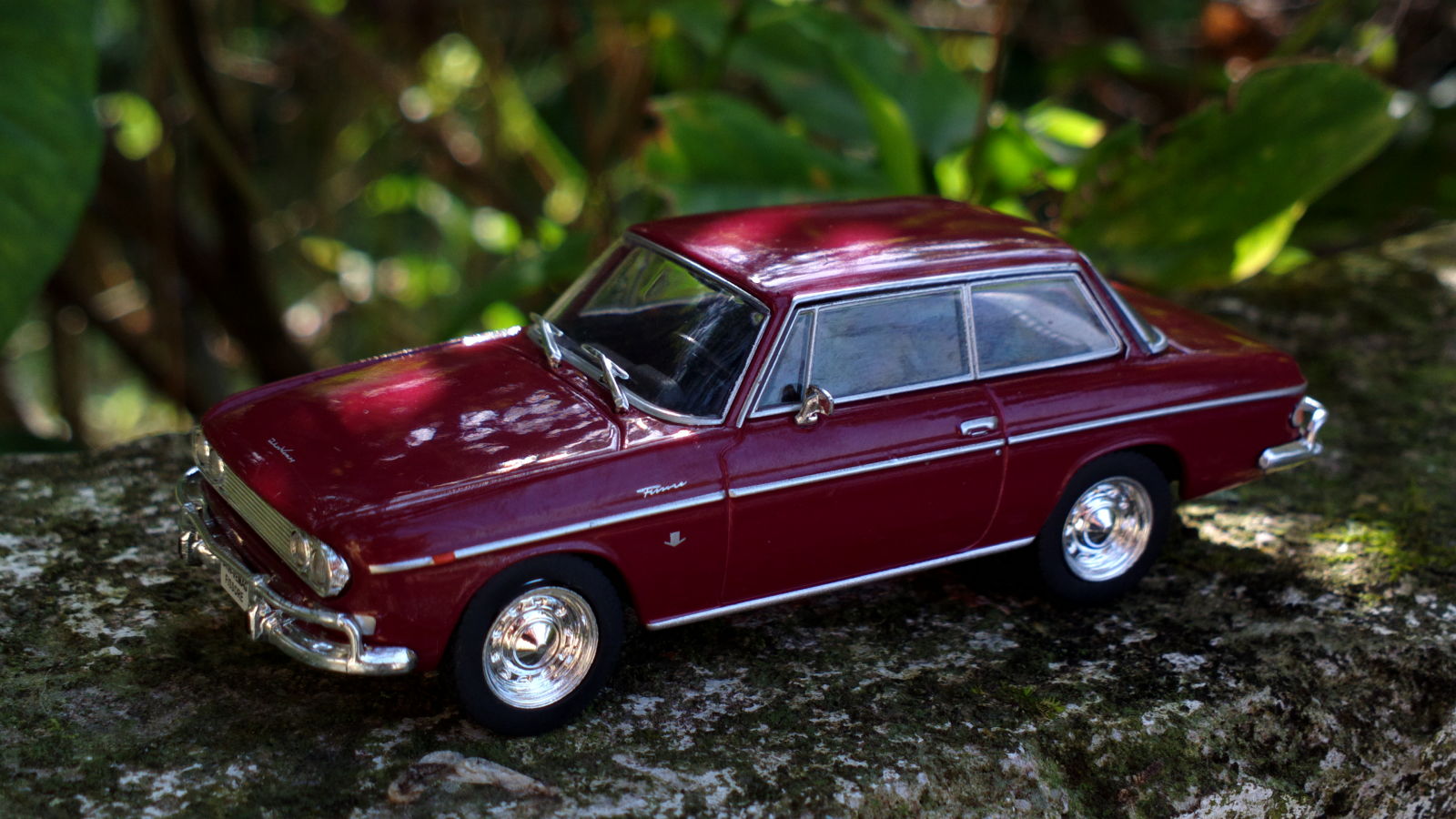
Fortunately, VW didn’t killed DKW-Vemag immediately. In 1966 it got a light facelift, with a smaller trunk door, fuel cap behind the license plate, blinkers on the side and a new interior, with leather upholstering.
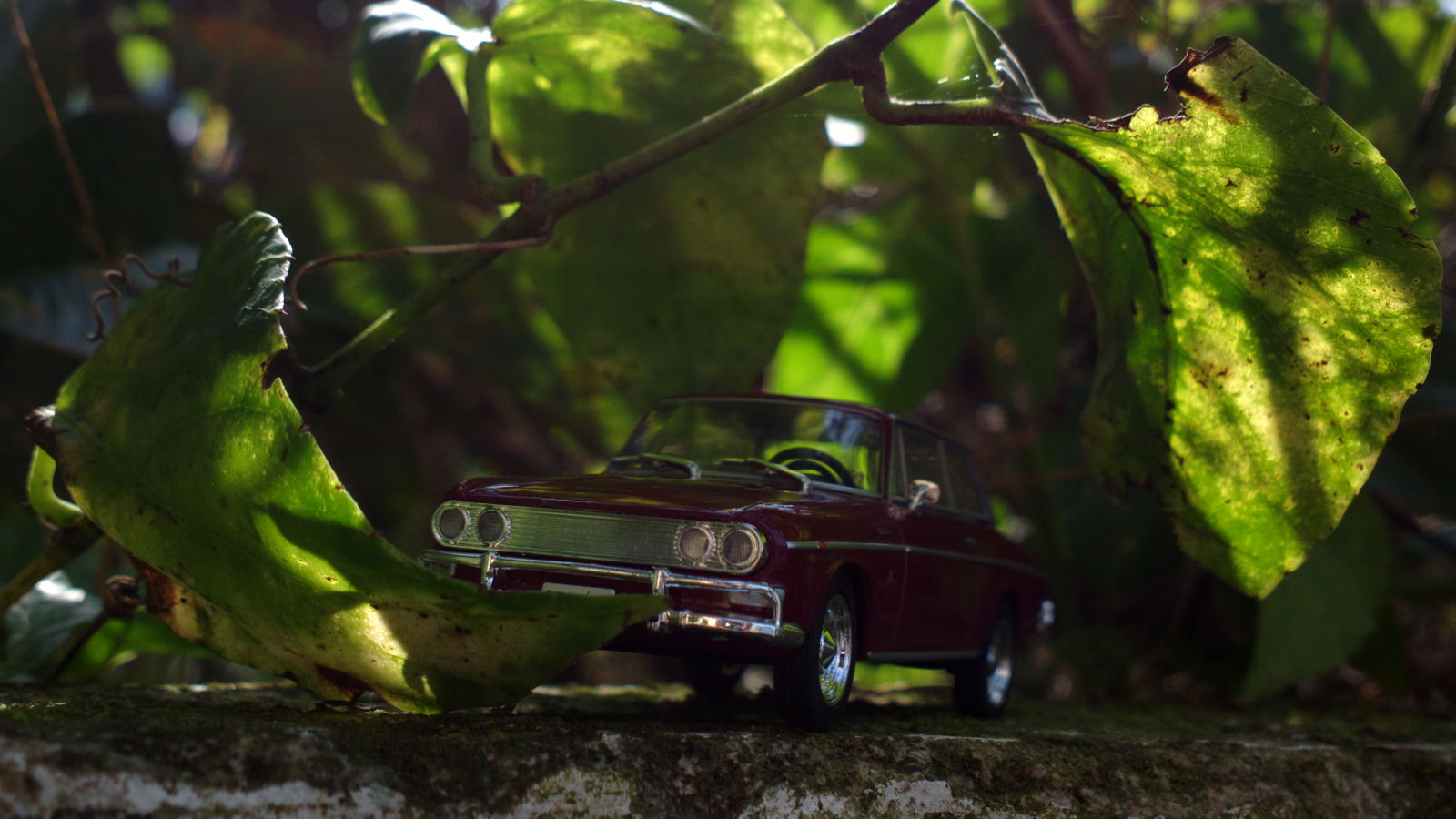
The fusion with VW ended in 1967, that was also the last year for DKW. In this year, on which this 1/43 model from DeAgostini is based, it got wider tail lights, from Vemaguet. Even though the production ended in 1967, some units were still sold in 1968. On the total, only 2438 Fissores were made and, needless to say, they’re rarer than a Wonka golden ticket now.
Bonus:
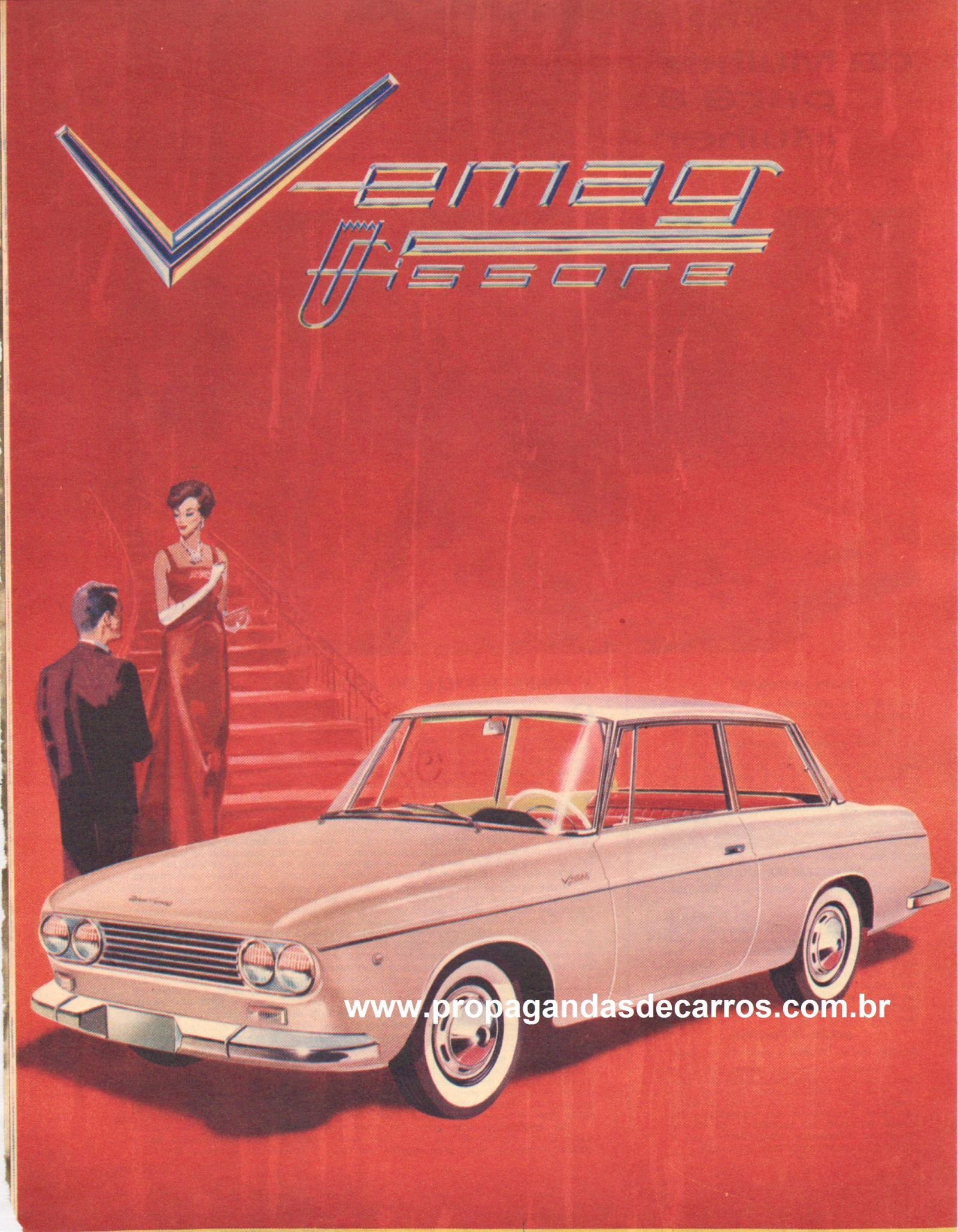
Advertising from the launching of the new Fissore, highlighting its luxury with the high society couple.
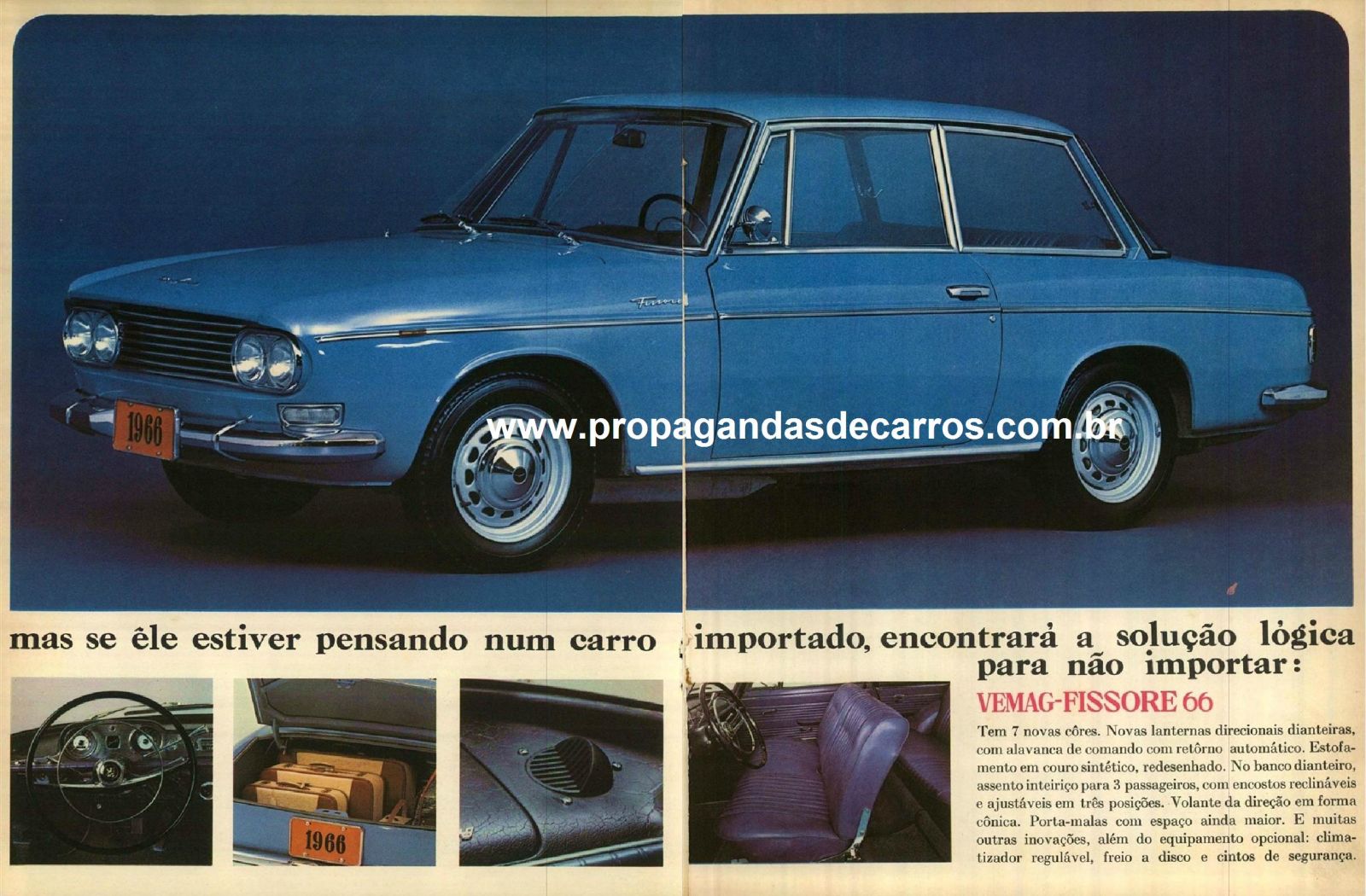
“and if he’s thinking about importing a car, he’ll find the logical solution for not importing: Vemag Fissore ‘66"
Bonus 2: Reader Ed, for the old good times shared something I never knew it existed: A prototype for a Fissore wagon. Thanks a bunch!!
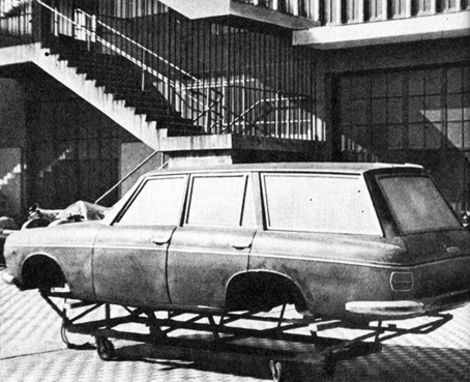
That’s it! I hope you liked it. I was itching to write its story for some time, but I hadn’t the time. I really like the Fissore, and I tried my best to tell the best story I could on this one!
Sources (in Portuguese):
